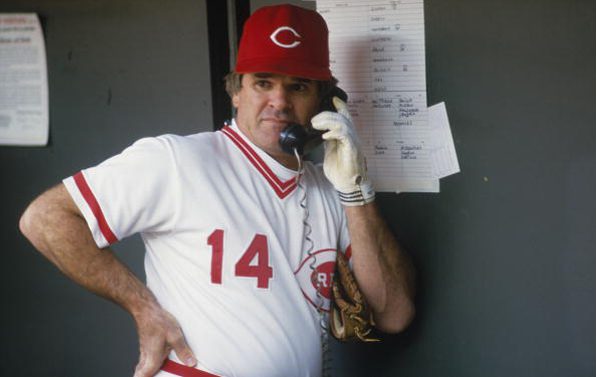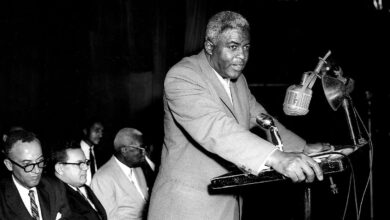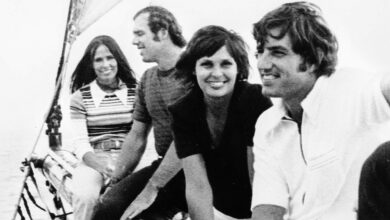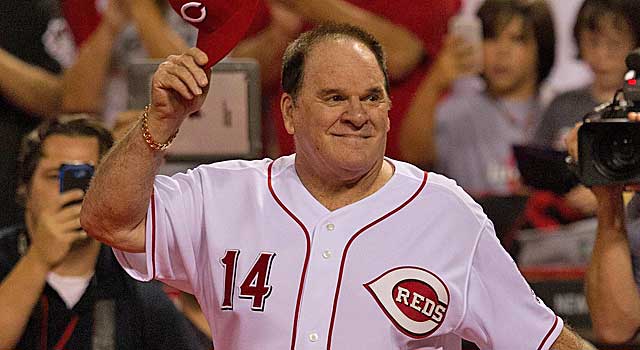

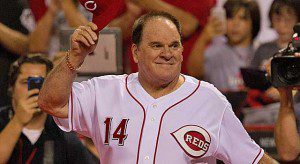
Whenever I travel on business, I make it a point to check the schedule of the local baseball team. Whether it’s the majors or the minors, I find that being at a ballpark is always the best way to spend a night away from home. Other local attractions don’t matter if there’s a ballgame being played in town that night.
I’ll be in New York for a couple of days in April, and I haven’t yet been to either of the ballparks in Gotham. With a two-team city like New York, it’s usually a question of which team is in town on any given night. Going to Boston or Atlanta or Seattle isn’t the same, because there’s a 50/50 chance the local team will be playing on the road, and then it’s time to think about Plan B.
But the schedule smiled favorably on me this time, as the Yankees will be in town for the week that I’m there. I never got to the old Yankee Stadium, but I’m looking forward to taking the subway to the Bronx to see what all the hubub is about. And there’s a very good chance I’ll get to see the second-biggest story of this upcoming season play out right in front of me.
The story: What’s going to happen when Alex Rodriguez returns from a year’s suspension? He’ll be a year older, and he’ll be out of sync with his timing, no matter how much BP he’s been taking since his banishment was announced. But most importantly, he’ll be off whatever stuff he’s been using for who really knows how many years.
How will he be treated, both on and off the field? He wasn’t loved by too many in the first place, and spending a year in baseball exile probably won’t help make the heart grow any fonder toward him. He’ll also be chasing Willie Mays — assuming he gets back into the Yankees lineup — and he could be at the doorstep of hitting numbers 660 or 661 by the end of April. There’s likely to be many storylines surrounding A-Rod and his return to baseball this year.
But that all pales in comparison to what’s coming up in six months. If you haven’t yet looked at the baseball calendar, the All-Star Game is in Cincinnati. I’ll never be able to prove this, but I have a suspicion that Commissioner Bud Selig decided to retire from his post, rather than preside over the Midsummer Classic in Pete Rose‘s baseball home.

Whenever Pete Rose signs baseballs with his name and “Hits 4256, Steroids 0” he’s taking direct aim at the hypocrisy of the game. Nobody’s going to say his gambling didn’t matter. But we should take into consideration that his wagering on ballgames does not diminish a single thing he accomplished on the field.
Denying Rose’s achievements only calls more attention to the fact that Barry Bonds, Mark McGwire, Roger Clemens, and a generation of players who rewrote the record books did so in the PED era. Whether a player used or didn’t use the stuff, no one has suffered a quarter-century’s worth of banishment from the game. That fate is reserved for Pete Rose alone.
So Rob Manfred, the game’s new commissioner, has a decision to make. Either he welcomes Pete Rose back to the game, and allows him to take part in the All-Star festivities in a meaningful way, or he gives Rose the cold shoulder. And I can say from experience that the second course of action won’t go down very well, in Cincinnati and beyond.
This is Pete Rose’s final All-Star go ’round, in the city where he personified the Big Red Machine. Yes, there were other players like Joe Morgan and Tony Perez and Johnny Bench and George Foster on that team, but its heart and soul was the guy who barreled over Ray Fosse in the 1970 All-Star game in — coincidentally enough — Riverfront Stadium in Cincinnati. Would MLB dare to pay tribute to that great team and all they accomplished, with Rose on the outside looking in? I can’t imagine they’d have the chutzpah to even attempt it.
Whoever is voted to start in this year’s game at the Great American Ballpark, the name on everybody’s lips will be Pete Rose. And the game’s rookie commissioner is going to have to address that, one way or the other. While the game itself is still six months in the future, I can’t wait to see how it all turns out.


